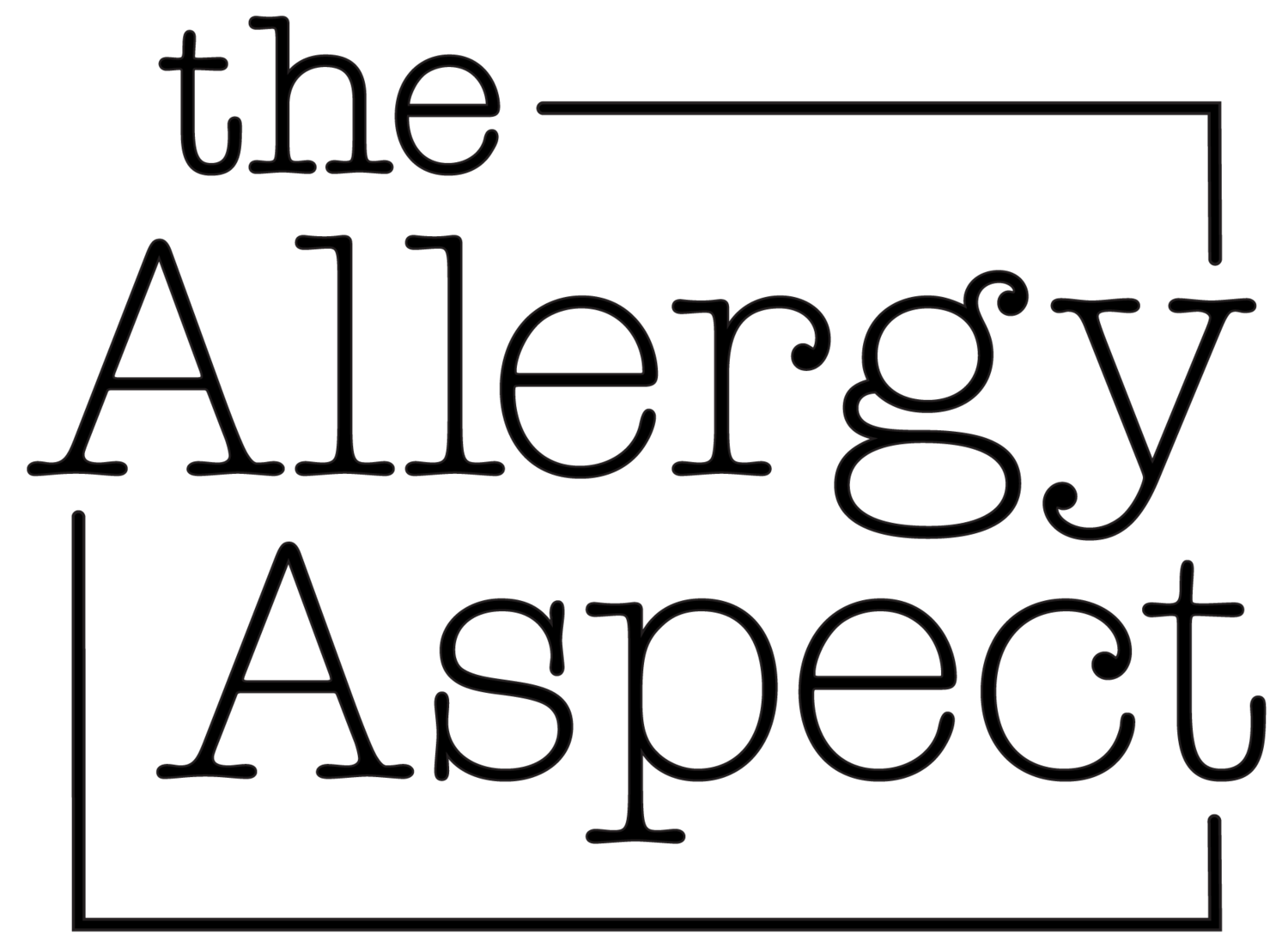Treating EOE with Swallowed Corticosteroid
Three years into oral immunotherapy (OIT) treatment, our son had no choice but to abruptly stop treatment and begin to address a newly diagnosed chronic condition, eosinophilic esophagitis (EOE). When we decided to begin OIT, our son’s allergist warned us of the low risk of EOE symptoms. We were also reassured that if this became apparent, our son would just have to stop the OIT dosing and the symptoms would subside. However, even though our son stopped the dosing, there was no change in his eosinophil count three months later. We had anticipated his symptoms and eosinophil count to subside, but that was not the case.
Without any other choice, we had to turn to medications for treatment. There are currently no FDA-approved medications specifically indicated for the treatment of EOE. However, some success has been found by managing symptoms and putting EOE into remission through the use of topical steroids and acid suppressors.
We began navigating available treatments and subsequent follow up endoscopies, the only way to accurately diagnose EOE and determine if a treatment is working. An endoscopy enables a gastroenterologist (GI) to examine esophageal tissue for injury, inflammation and thickening of the esophageal wall. During the procedure, multiple biopsies are taken of the esophagus, stomach and first part of the small intestine. These biopsies are sent to a lab where a pathologist will look for the presence of eosinophils. If eosinophils are present, they are counted (a normal eosinophil count is 15 or less, while a count above 15 is indicative of EOE). Multiple endoscopies follow as each treatment option and food elimination is ‘trialed.’ EOE is very difficult to diagnose and manage.
To begin treating our son’s EOE, his GI prescribed a prescription medication, Flovent HFA (fluticasone aerosol oral inhalation), an inhaled corticosteroid. We were familiar with Flovent from our son’s asthma management (but at a higher strength for EOE). At that time our son was already taking Flovent daily for asthma control. The main difference in using Flovent to treat asthma versus EOE was in the administration of the medication; our son needed to learn how to swallow the Flovent mist instead of inhaling it -- the mist needed to coat his esophagus. This turned out to be a very difficult technique for our son, 10 years old at the time. He had been able to learn how to administer Flovent as an inhaler, breathing in the mist and allowing it to reach his lungs - he had been doing so for several years.
However, learning how to swallow the mist was not an easy task for our son. It took him two months of trying to effectively swallow the mist, though soon after side effects began to appear. He started having insomnia and uncontrollable crying. He couldn’t go to school, and was upset all the time. His GI had discussed side effects, one of which was emotional distress. The level of corticosteroid in his body was too much for his system to handle. We had to immediately stop treatment. Our family’s frustration level was at its peak.
That two-month period of swallowing Flovent was a few years ago now. At that time our son was in the midst of celebrations with his elementary school classmates before moving on to middle school. However, our son’s memories focus on the emotional distress he experienced then, rather than remembering the special memories of that time. It’s something we discuss and continue to work through, finding ways to see the possibilities of being open to new experiences.
In the coming weeks I’ll continue to share more about other treatments and food eliminations we tried before finally finding relief for our son. What’s important to become educated about and to discuss with your allergist and physicians is that the link between OIT and EOE is being researched. With more data better decisions can be made. We did have to bid farewell to OIT but we found a path to move forward and continue to address how as a family we’re going to thrive and continue to live life fully. In addition to learning to live with EOE, tackling the everyday of avoiding most common foods and avoiding anaphylaxis for our adolescent son is still a daily challenge.
To learn more about our evolving EOE journey, look through the EOE page on my blog to discover how we live creatively managing EOE and food allergies. We approach this with a can-do attitude.
For more information on OIT, EOE and other concerns, visit Resources. Please get in touch with any questions.

